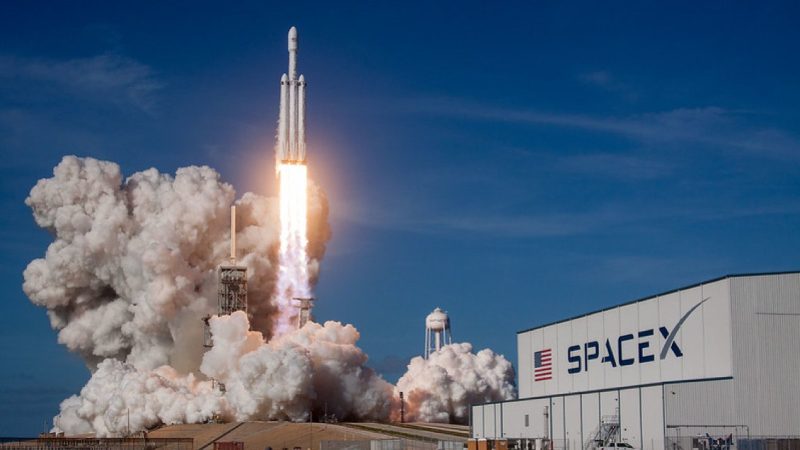
A U.S. Space Force weather monitoring satellite was launched on April 11 by a SpaceX Falcon 9 rocket. At 7:25 a.m. Pacific Time, the vehicle took off from the Vandenberg Space Force Base in California.
The first-ever Weather System Follow-on Microwave (WSF-M) satellite operated by the US military was orbited by the USSF-62 mission.
Produced by Ball Aerospace, a business that BAE Systems recently purchased, WSF-M is equipped with a microwave imager instrument to gather meteorological data, such as the direction and speed of the ocean's surface winds, the thickness of ice, the depth of snow, the moisture content of the soil, and the local space weather.
In a low polar orbit, the spacecraft will function. Anticipating delivery by 2028, the Space Force has placed an order for a second WSF-M satellite. These space-based environmental monitoring tools are a part of a larger initiative by the military to update them.
The U.S. Space Force stated that meteorologists would receive the data collected by WSF-M to assist in the creation of a wide range of weather products required to carry out mission planning and operations worldwide on a daily basis "
The Falcon 9 first stage returned to Earth and touched down at Vandenberg's Landing Zone 4 in less than eight minutes following liftoff and payload separation.
USSF-62 is SpaceX's second national security space launch mission of the year and its 37th launch overall in 2024. SpaceX deployed six American missile defense satellites for the Space Development Agency and the Missile Defense Agency in February through the USSF-124 mission, which was launched from Cape Canaveral Space Force Station in Florida.